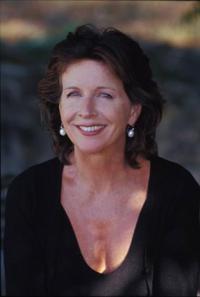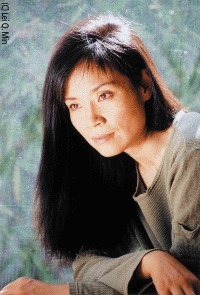The relationship between writer and editor is much like wild cats mating. There’s usually a lot of scratching and squalling before they finally reach a compromising position. Still, I’m willing to pull my claws in and allow the love of my life to proofread my new novel, The Wilde Women. I figure if you can’t trust the man you’re living with to be straight with you, you’re living with the wrong man.
Well, I say, what do you think? Love the story. Love the characters, Bill says, tossing the manuscript on the table. But it needs a little work. I stare down at the crumpled, red ink-soaked pages. If I were a doctor, I’d pull a sheet over it and call the next of kin.
For the past year I have lived in a fictional Tennessee hill town called Five Points. It is not an easy place to find. I sit in a dark closet, stare at my computer screen, and wait for the fog to clear. Some days the mist never lifts, and I get frustrated and mean. Some days this town and the people in it are more real to me than the life I am actually living. Needless to say, I am a little protective of this piece of property. A little work, I echo, as I mentally nail a board over the Welcome to Five Points sign that says TRESPASSERS WILL BE SHOT AND SKINNED. For more than a hundred years the Wilde family has been cursed. When Fidela Wilde left Cyril Rudolph, heartbroken and humiliated at the altar, he threw open his arms and prayed to God through gritted teeth to make her suffer as he did. From that day forward, every Wilde woman’s love has turned to hate like wine to vinegar. There’s just something missing, Bill says. Something’s missing, I grumble, a curse of my own brewing under my breath.
When Pearl Wilde finds her lover in the cool dark springhouse, his beautiful face blurred with whiskey and desire and her baby sister’s bare legs sticking out from under him her heart turns to ice. Grabbing an empty whiskey bottle, she hurls it at his head. I think we need to get to know Pearl’s sister, Kat, a little more intimately, my lover says, voice husky. You have the hots for one of my characters? It’s a compliment, he shrugs. If there were a bottle within reach, I’d christen the boy’s head like the Titanic. Wilde women are drawn to wild men, men who would sooner chew their arm off than slip a ring around their finger. Dangerous men with trouble in their eyes make a Wilde woman’s lips part. A man who answers to no law but his own makes her legs fall open like a nutcracker. My publisher describes The Wilde Women as a wickedly funny book about revenge, forgiveness and a family of sultry sirens. It’s a book about a whorehouse, Bill says. I need more sex. You’ve got the steam. Now give me the hot and sweaty. At every crossroad in life, there is always one right choice. Inevitably, Wilde women go left. You want hot and sweaty? I say, giving him a look that reheats his coffee. Honey, I’ll give you hot and sweaty. Three weeks later I emerge from my closet feeling rode hard and put up wet. Grabbing the remote, I click off the Super Bowl and drop my manuscript in his lap.
Three years later Pearl steps off the train in Five Points, a worldly wise femme fatale, fingernails sharpened like stainless steel and mind set on revenge. She had hardened during her absence, but she had not aged. The ice in her veins had preserved her. Well, I say, what do you think? Bill slowly looks up from The Wilde Women, his beautiful face blurred with two pots of coffee and eye strain. He’s grinning and speechless. I like that in an editor. Paula Wall is the best-selling author of the Book Sense pick The Rock Orchard. The Wilde Women is her second novel. Wall lives outside Nashville, where she writes in her closet.





























